Kitakata Ramen Ban-nai

Nakanishi:Nice to meet you. Although we’ve spoken several times over Zoom, I was really looking forward to this in-person interview today. Last year, I had the chance to visit your ramen restaurant in Namba, Osaka, and I was deeply impressed by the consistent quality of your ramen. The soup was light yet rich, and the curly noodles—which I’ve loved for more than 30 years—were truly outstanding.
Today, I’d like to focus on your overseas expansion, but I’m also very interested in learning more about your personal background.
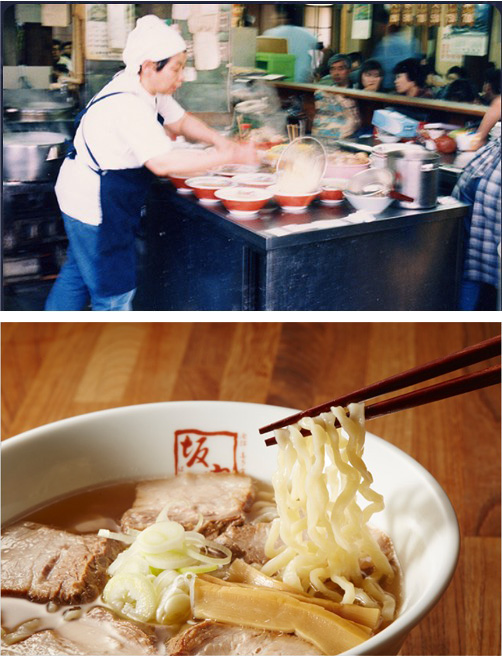
Fujiwara: I come from a science background, and after graduating from university I spent many years working in a trading company—a field completely unrelated to the food industry. Rather than simply traveling to countries like India and Thailand, I was actually stationed overseas and engaged in various businesses. After returning to Japan, I was approached by Mr. Makoto Nakahara, the current president of Mensyoku Co., Ltd., who had once been the manager at the restaurant where I worked part-time as a student. He invited me to join him in expanding Japanese cuisine globally, and that opportunity truly changed the course of my life. Today, I am based in Malaysia, which serves as the Asian headquarters of Mensyoku Co., Ltd., and I frequently travel between neighboring countries and Japan. Kitakata Ramen Ban-nai has a long history, with its roots in Ban-nai Shokudo, a restaurant in Kitakata City, Fukushima Prefecture. The previous president, Mr. Akira Nakahara, was captivated by the restaurant's signature ramen and its philosophy of “serving delicious meals until customers are fully satisfied.” He trained extensively in the culinary arts and went on to create Kitakata Ramen Ban-nai. Currently, we have a total of 69 chains in Japan, including both company-owned and franchise locations, 9 chanins in the United States, and one ramen shop recently opened in Germany. What sets us apart is that every one of our restaurants has enjoyed long-term success. At the heart of our approach is the spirit of a traditional diner—serving dishes that never get old, even for daily visitors. This has cultivated a loyal customer base, with many returning multiple times a month. As a result, numerous ramen shops in our chain have been in operation for over 20 years.
Nakanishi: That's amazing. Could you tell us more about the characteristics of your ramen? Personally, when I was running a kaiseki restaurant, I traveled to the Tohoku region to source ingredients and was deeply impressed by the taste of Kitakata Ramen. I not only ordered it but also tried to replicate it, carefully calculating the perfect thickness for the noodles and dumpling wrappers to serve to my customers. Unfortunately, it didn’t go over well—it was a big failure, and I often share it as a humorous anecdote.
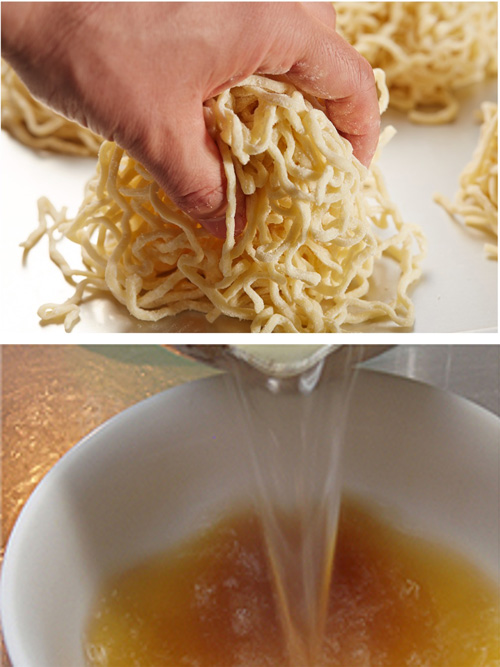
Fujiwara: Your passion is truly remarkable. Sapporo ramen, Hakata ramen, and Kitakata ramen are known as Japan's three major regional ramen styles. The characteristic of Kitakata Ramen is its pork-based broth, but unlike rich, milky broths, it is prepared using a unique method that avoids long boiling, resulting in a clear soup. As you know, the majority of ramen that has spread worldwide features a rich, milky pork bone broth. Therefore, when we first expanded directly into the U.S. 10 years ago, we faced many challenges. However, by working hard together, we overcame them, and now we are thriving. Our goal is to continue expanding along this path.
Nakanishi: I have read Mr. Makoto Nakahara's book, and it’s clear that the intense effort and passion during your early days in the U.S. have brought you to where you are today. Could you share some of the challenges you faced as a pioneer in the U.S.?
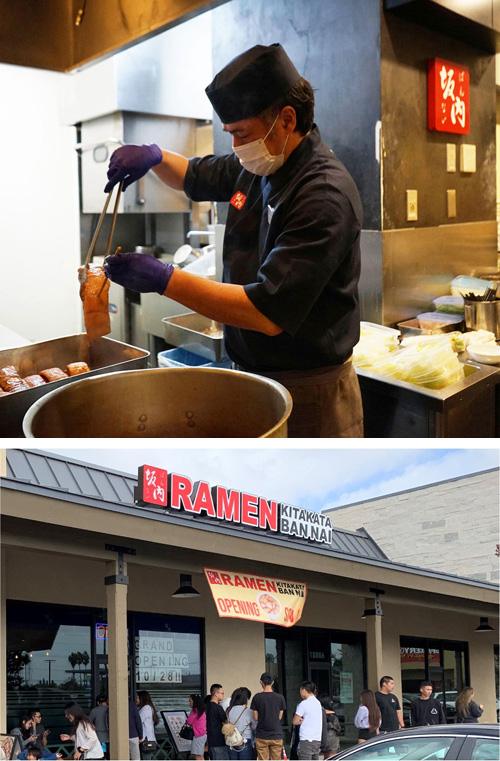
Fujiwara: The expansion of Kitakata Ramen into the U.S. was made possible by President Nakahara's strong determination. There were countless hardships in forging a path where none existed. Outsiders often said that our clear, light-flavored broth would not be accepted, but the U.S. is a multicultural nation, and light-flavored soups like Vietnamese pho were already embraced, which gave us a certain level of confidence. We produce the noodles locally and also source the pork, a key flavor component, from local suppliers. As you know, obtaining business permits in the United States involves a complex process. We chose our locations by forming hypotheses based on customer personas and carried out extensive trial and error in a carefully planned manner. While many ramen brands initially expand into Asia, we decided to enter the United States first. Although the barriers were high, we believed there was great potential beyond them. We have walked a challenging path, overcoming the first hurdles before expanding to other regions. There were difficulties along the way, but we are confident that we made the right decision. When choosing countries for expansion outside Japan, we always consider what we call the 'Ramen Deviation Score.' The U.S. and Europe have high scores. This means that even if we are not the first movers in Asia, we still have ample opportunity to enter as a 'second runner' once the timing is right. Kitakata’s soup and noodles are still not widely available globally. Recently, the Deviation Score has risen significantly in Asian countries as well, so we are now focusing on Asia—conducting research, building networks, and negotiating behind the scenes. Leveraging the extensive experience and evidence we have gathered in the United States, we are ready to accelerate our overseas franchise expansion.
Nakanishi: Within Japan, your company has already made significant strides in globalization, and this experience will undoubtedly support future overseas expansion. I envision a 'global franchise noren-wake concept,' where individuals from abroad come to Japan to work for a brand they love, gain expertise and knowledge of Japanese food culture, and then return to their home countries to become owners or operators of that brand. I am thrilled to see your company actively moving forward with this vision.
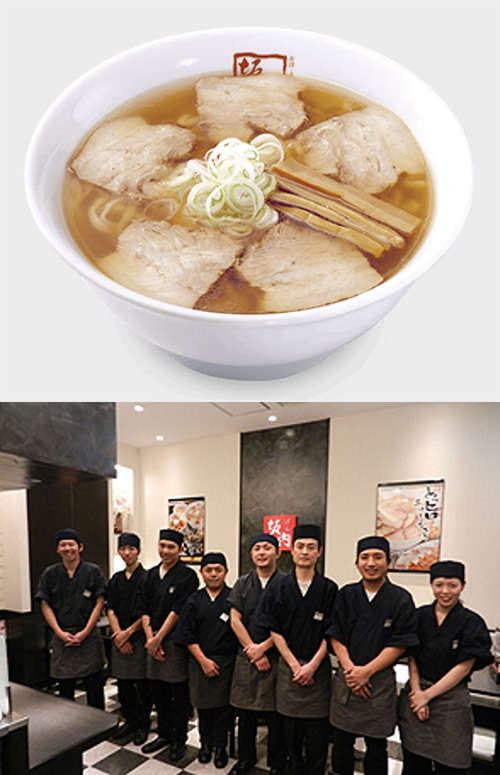
Fujiwara: Yes, I also see these initiatives as a very important internal program and am actively promoting them. I sincerely hope that overseas individuals will return to their home countries and contribute in various ways, leveraging the trust they have built at Mensyoku, and grow together with us as partners. In the United States, we are striving to faithfully recreate the authentic taste of Japanese Kitakata Ramen. In Asia, we are equally committed to faithfully recreating the taste of Japanese Kitakata Ramen. At the same time, we believe that about 30% of the menu should be adapted to suit local tastes. The key is to preserve the authentic taste of Japan without over-localizing. We sincerely hope to find local partners who understand our approach and are willing to work with us patiently.
Nakanishi: Thank you very much for sharing your insights with us. Finally, could you tell us about your vision for the future?
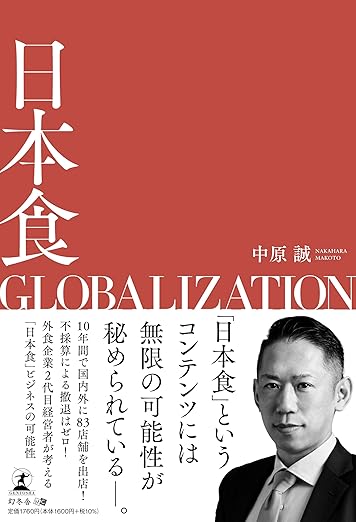
Fujiwara: As our group representative Nakahara explains in his book Japanese Food Globalization, the potential of Japanese cuisine is limitless. Currently, overseas business operators with expertise in expanding business models are recognizing this potential. While respecting this trend, I believe that we Japanese should continue to protect and promote the remarkable 'Japanese cuisine' created by our predecessors who preserved these traditions, while also pursuing global expansion. Currently, we are focusing on ramen, but our ultimate goal is to become a platform for Japanese cuisine and a collective of content creators for it. We have a diverse team of members and employees from around the world, all working together toward the same vision. By 2030, we plan to expand our ramen chain globally, starting with the United States. Japan has the potential to become the 'Silicon Valley of food.' Our aim is to preserve and develop its roots while expanding into the global market.
